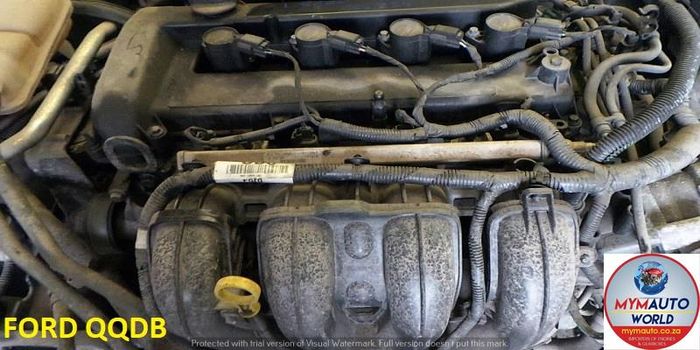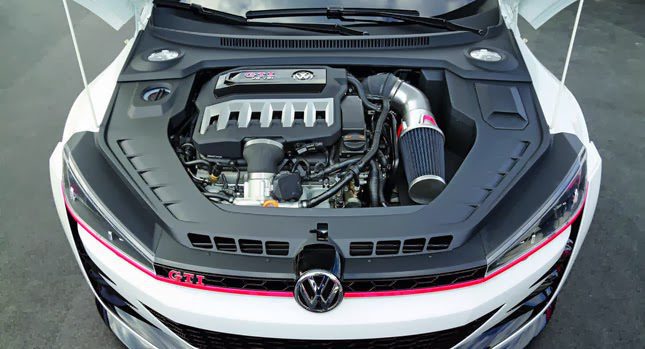Comprehensive Testimonial of a Subcompact Vehicle's Powertrain Capabilities
In the realm of vehicle design, the powertrain of a subcompact vehicle stands as a crucial nexus where development, performance, and effectiveness converge. When looking at the elaborate web of elements that drive these lorries forward, one uncovers a harmony of design wonders waiting to be studied. From the engine's unrelenting search of optimum efficiency to the transmission's seamless choreography of power circulation, every component plays a crucial role in specifying the overall driving experience. Nonetheless, past the surface area exists a trove of insights waiting to be unearthed, guaranteeing a much deeper understanding of exactly how these powertrains genuinely get on in the realm of practical application.
Engine Performance Evaluation
In examining the engine efficiency of the subcompact automobile, an extensive evaluation reveals its performance and power output under different driving problems. The subcompact vehicle's engine, a critical component of its powertrain system, shows commendable performance metrics. The engine's performance is noteworthy, as it maximizes gas consumption without jeopardizing power shipment. Under typical driving problems, the engine runs efficiently, showcasing a balance between performance and fuel economic climate.
Furthermore, when subjected to rigorous testing scenarios such as high-speed acceleration or uphill climbs, the engine shows durability and responsiveness. Its power result continues to be constant, supplying ample velocity when required. The subcompact car's engine is tailored to fulfill the needs of urban driving, where quick acceleration and nimble maneuverability are important.
Additionally, the engine's layout incorporates modern technologies that enhance its performance attributes. Functions like turbocharging or variable shutoff timing add to boosted power distribution and torque, boosting the general driving experience. Finally, the engine efficiency of the subcompact auto emphasizes its capacity to supply trustworthy and efficient power result throughout different driving problems.
Transmission Effectiveness Assessment
Assessing the subcompact automobile's transmission performance entails analyzing its performance in transmitting power perfectly across different driving problems. The performance of a transmission system is critical as it directly impacts the total performance and fuel economic climate of the automobile. In reviewing transmission efficiency, factors such as equipment ratios, shift timing, and the smoothness of gear changes are considered. A well-designed transmission system ought to efficiently provide power from the engine to the wheels while reducing energy losses.
One typical method utilized to assess transmission efficiency is with dynamometer testing, where the power output from the engine is gauged at the input and result shafts of the transmission. By analyzing these elements, engineers can determine areas for enhancement and optimize the transmission system for far better overall performance and performance.
Fuel Effectiveness Exam
The examination of the subcompact vehicle's fuel efficiency involves a thorough analysis of its consumption prices under different driving conditions. Fuel performance is a vital consider analyzing the total performance and cost-effectiveness of an automobile. By measuring the quantity of fuel eaten per device distance traveled, typically expressed as miles per gallon (MPG) or litres per 100 kilometers (L/100 kilometres), the performance of the subcompact auto's powertrain can be determined.

In addition, advancements in innovation, such as hybrid systems, regenerative stopping, and automated start-stop systems, have considerably enhanced gas effectiveness in modern-day subcompact vehicles. Producers continue to innovate and enhance powertrain components to boost gas performance while fulfilling performance demands and environmental guidelines. Assessing a subcompact automobile's fuel effectiveness supplies important insights for customers looking for sustainable and cost-effective transport services.
Velocity and Handling Analysis
An important aspect of evaluating the performance abilities of a subcompact automobile depends on examining its acceleration and index handling characteristics. Acceleration is critical as it establishes exactly how rapidly the car can get to click over here desired rates, influencing general driving experience and ability to move in various website traffic problems. opel corsa engine. Subcompact cars are often favored for their nimbleness and dexterity, making velocity from grinding halt and during surpassing maneuvers necessary factors to take into consideration
When it concerns managing, a subcompact automobile's ability to browse corners, maintain security at high rates, and provide a responsive guiding feel are paramount. Tight city roads and winding roads require accurate taking care of to make sure driver self-confidence and security. Elements such as suspension tuning, weight circulation, and tire hold play substantial functions in identifying a subcompact car's total handling prowess.

Powertrain Components Overview
Upon delving right into the ins and outs of a subcompact automobile's performance, a comprehensive examination of its powertrain parts is necessary to realize the lorry's mechanical underpinnings. The powertrain of a subcompact cars and truck typically is composed of the engine, transmission, driveshaft, differential, and axles. Comprehending how these components function together is vital in assessing a subcompact auto's general performance, performance, and driving characteristics.
Verdict
In final thought, the subcompact cars and truck's powertrain abilities have actually been completely analyzed in regards to engine performance, transmission effectiveness, fuel handling, performance, and velocity. The extensive review highlights the relevance of each component working with each other effortlessly to deliver optimum performance. In general, the powertrain components of the subcompact vehicle have actually been located to be reliable and well-balanced, making it a reliable option for vehicle drivers looking for a small and fuel-efficient car.
In the world of automotive engineering, the powertrain of a subcompact auto stands as an important nexus where efficiency, technology, and efficiency converge.In assessing the engine efficiency of the subcompact car, a detailed analysis reveals its performance and power output under various driving conditions.Evaluating the subcompact auto's transmission efficiency entails assessing its efficiency in transmitting power perfectly across various driving conditions. Understanding exactly how these parts work together is essential in evaluating a subcompact car's total efficiency, performance, and driving characteristics.In final thought, website here the subcompact cars and truck's powertrain abilities have been thoroughly examined in terms of engine efficiency, transmission effectiveness, gas acceleration, efficiency, and handling.